Company history: Tradition and quality for 85 years.
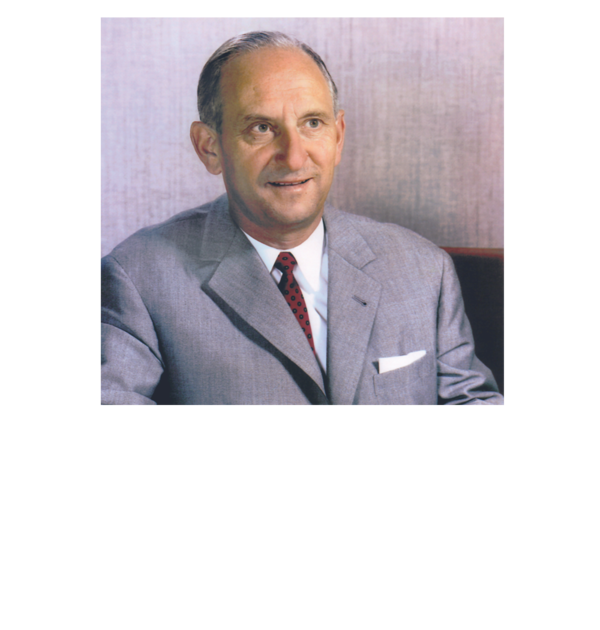
1938: Company foundation by Paul Metz
It is without a doubt that our company would not exist today were it not for the young engineer Paul Metz – a far-sighted and entrepreneurial individual who was bursting with ideas. It was him who, on 28 November 1938, laid the foundations for a corporate success story “Made in Germany”.
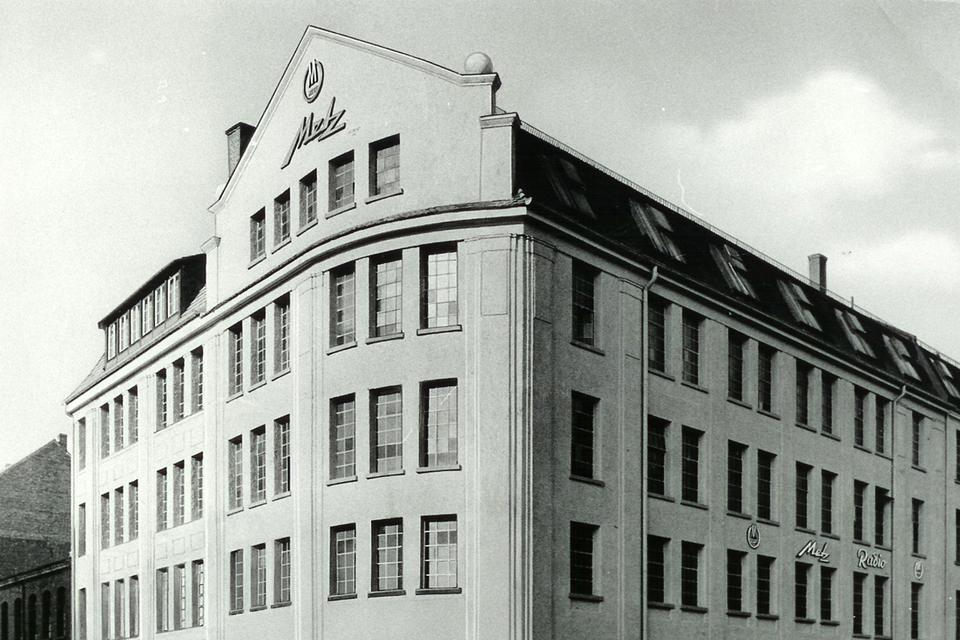
1938 to 1950: A company under construction
1938
TAM – Transformatoren- und Apparatefabrik
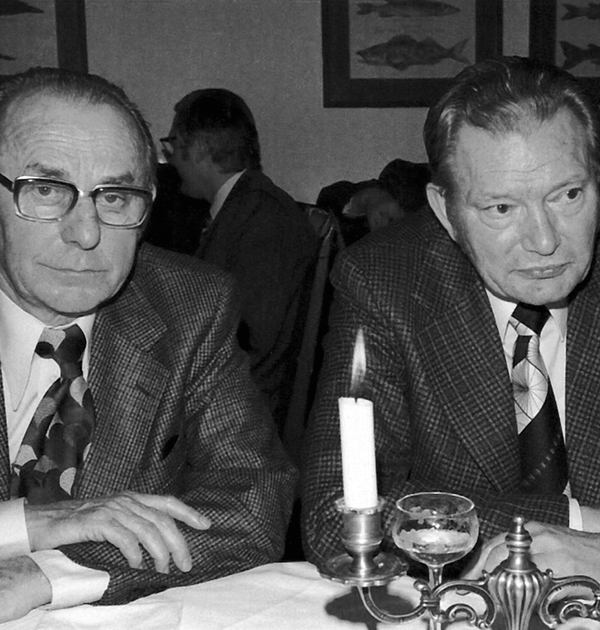
With a small team of 12 pioneers, Paul Metz started out in 1938 as TAM - Transformatoren- und Apparatefabrik Metz. His closest colleagues Karl Hutzler and Wilhelm Thumm were with him from the very beginning.
1940
The first electronic products from Metz
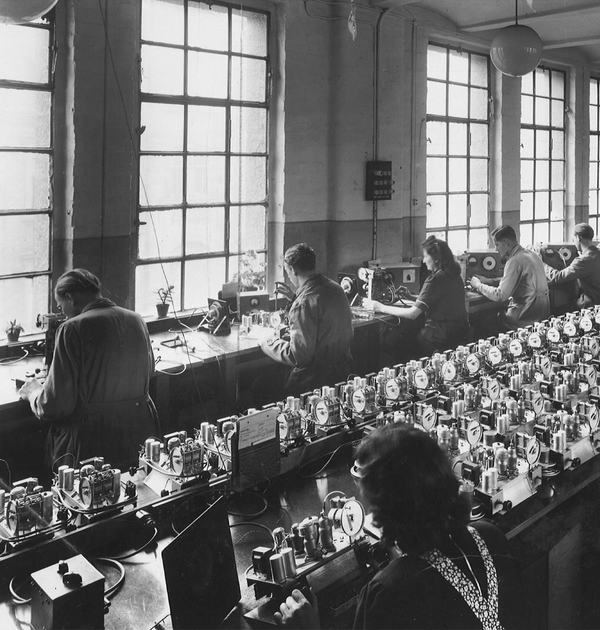
In the very early years, Metz manufactured electronic devices for Carl Zeiss, high-frequency technology products and – until the end of the Second World War – short-wave transmitters and receivers.
1947
Launch of consumer electronics
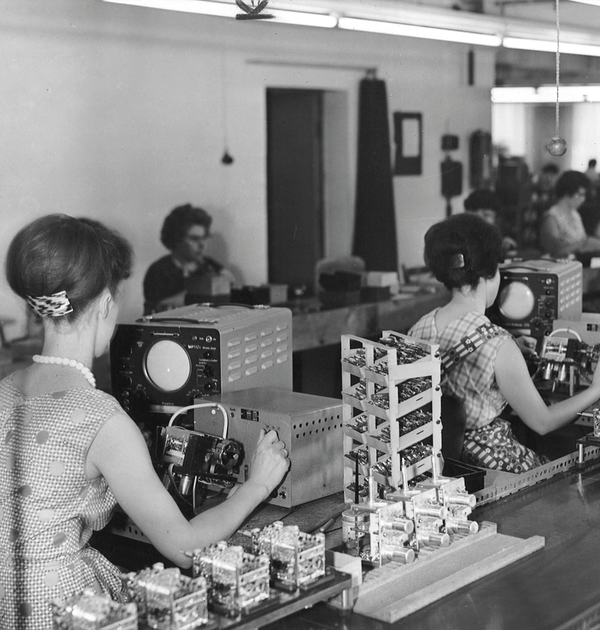
In 1947, Paul Metz and his team really took off when they founded the consumer electronics division.
1947
Production start of broadcasting devices
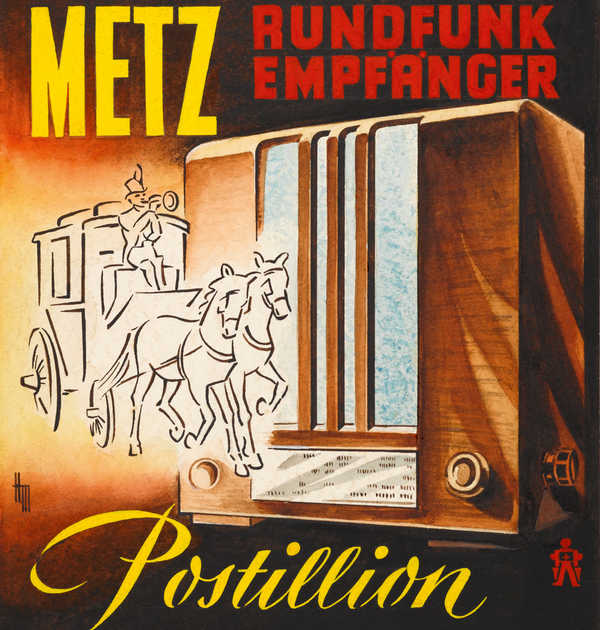
The first Metz radio “Postillion” with its outstanding sound, which was brought to the market in 1947, proved to be a real milestone.
The 1950s: Start of TV and flash units production
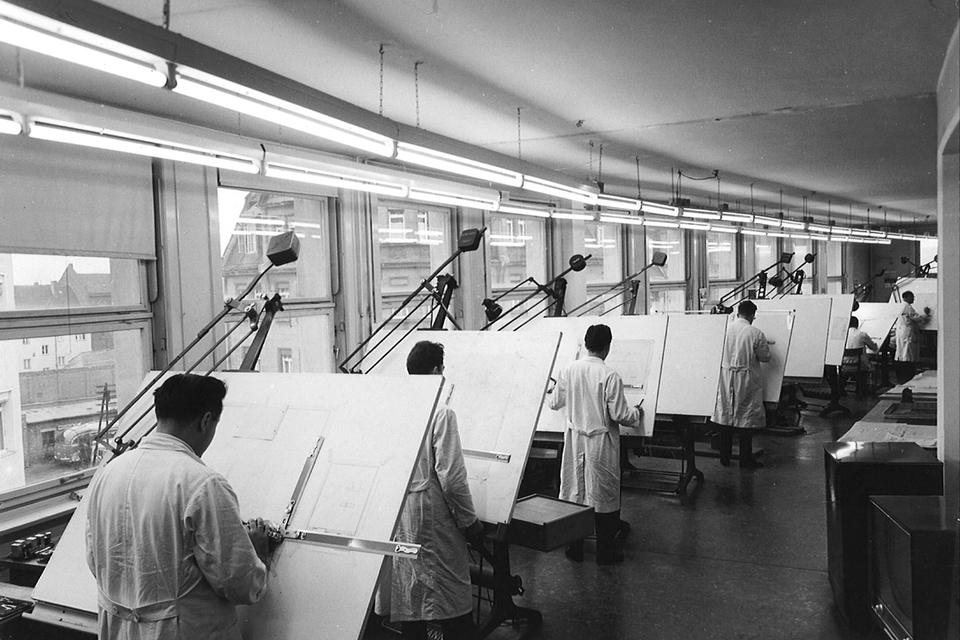
1950
Metz Baby: Walkman of the golden fifties
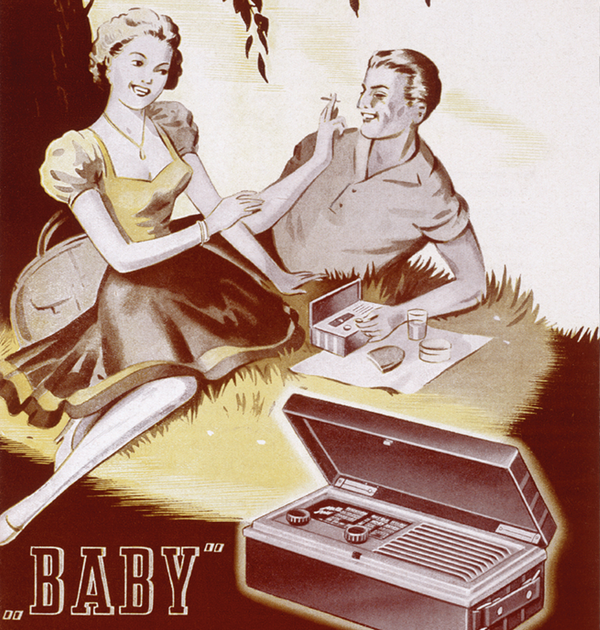
The Metz "Baby" broke all records on the market. More than 150,000 units of this 4-tube portable radio with a five-circuit superhet receiver the size of a brick were sold all over the world. If you like, Metz had invented the “Walkman of the golden fifties”.
1951
Radio, record player and bar cabinet
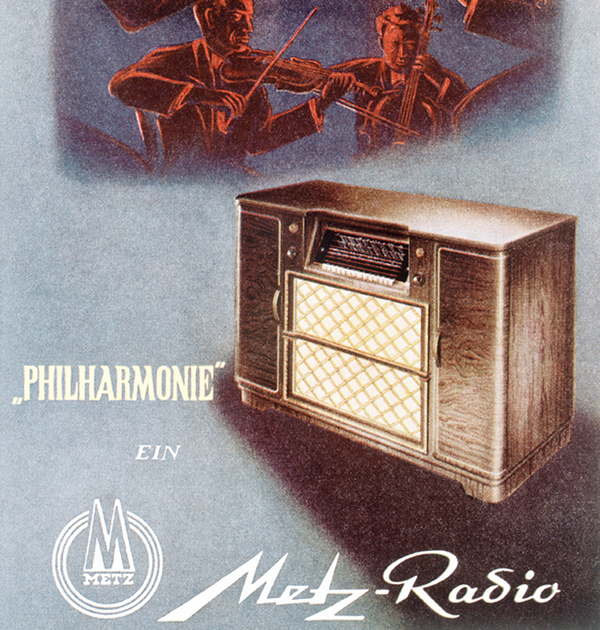
Almost simultaneously with the market launch of the Baby, Paul Metz developed the first radio with record player and – an absolute must in the Fifties – an integrated bar cabinet for fine wines under the noble and sonorous name "Philharmonie".
1952
The musician: Amateur tape recorder
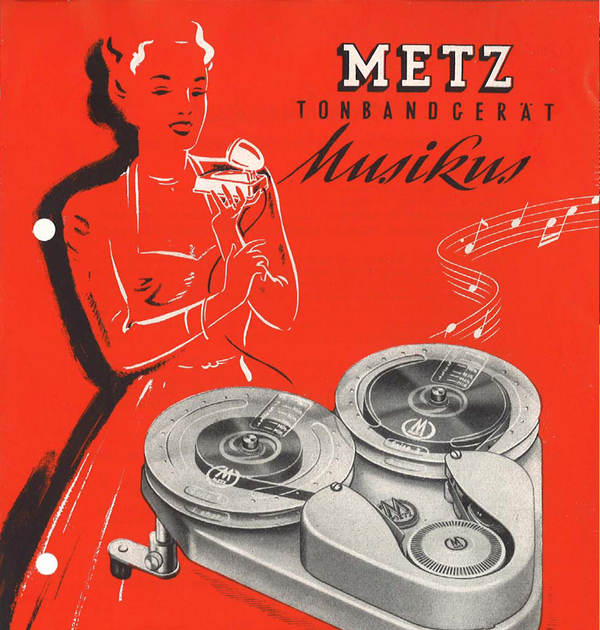
With the "Musikus", Metz offered the first amateur tape recorder, which was of great interest to buyers at the time, particularly because of its attractive price-performance ratio.
1952
Manufacture of flash units begins.
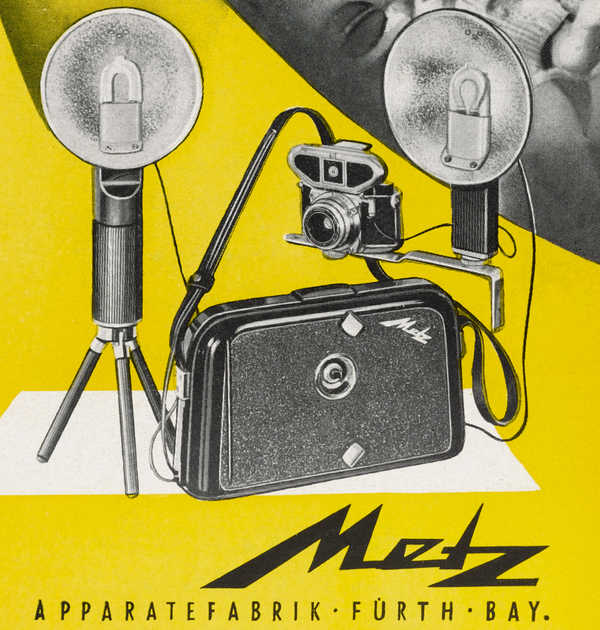
Metz laid the foundations for a second branch of the company: the production of high-quality flash units, also on behalf of Agfa and Carl-Braun. Nomen est omen and for this reason the sophisticated flash units were baptised mecablitz – an abbreviation of Metz Camera Blitz (Metz camera flash).
1953
The Babyphon: battery-operated radio
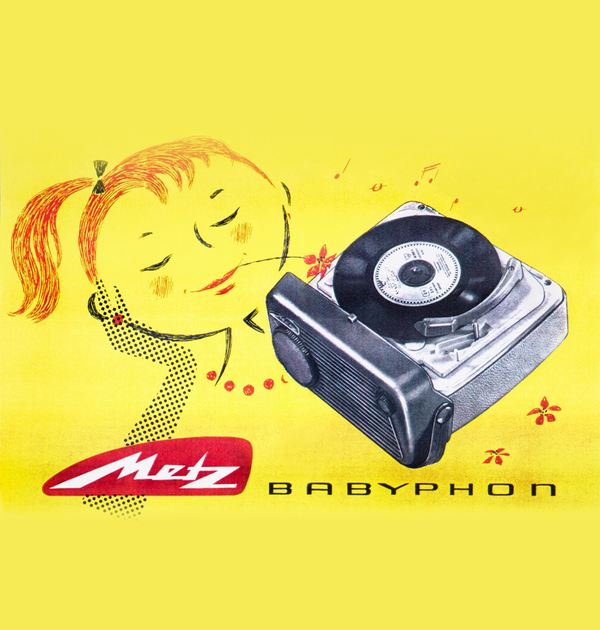
The "Babyphon", a clever combination of radio and phono device with battery operation, was launched in 1953 and was one of the defining radio models of these up-and-coming years.
1955
Production start of monochrome TV.
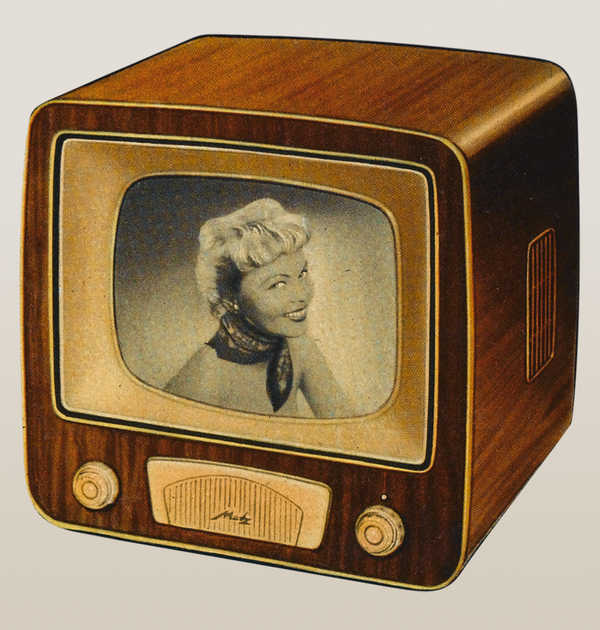
Back in 1954, the World Cup could be followed on prototypes of the Metz 702. A year later the Metz 702 became the first, revolutionary Metz television to be mass-produced and substantiated the excellent reputation of the company within its various lines of business.
1957
Third division of Metz was founded.
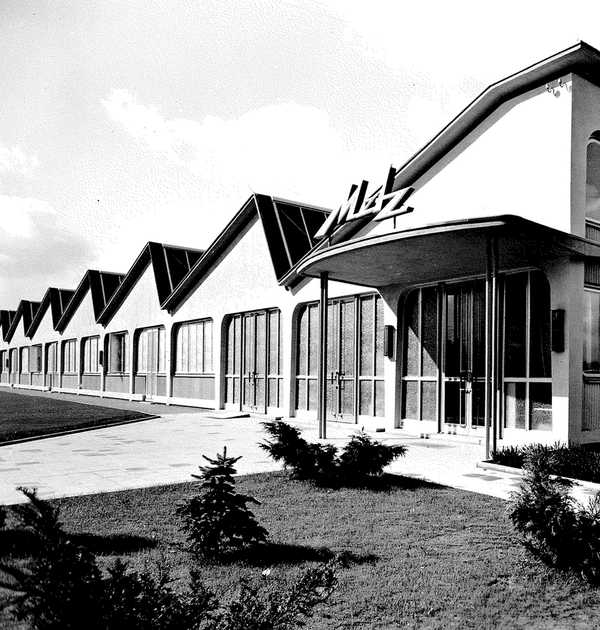
As in October 1956 a disastrous fire destroyed the sound equipment storage unit factory in Fürth, Paul Metz seized the opportunity to lay the foundations for the company’s existing premises in Zirndorf. In 1957 also the third division of new sound equipment storage unit factory was established in Zirndorf.
1958
A world first: the “magic eye”
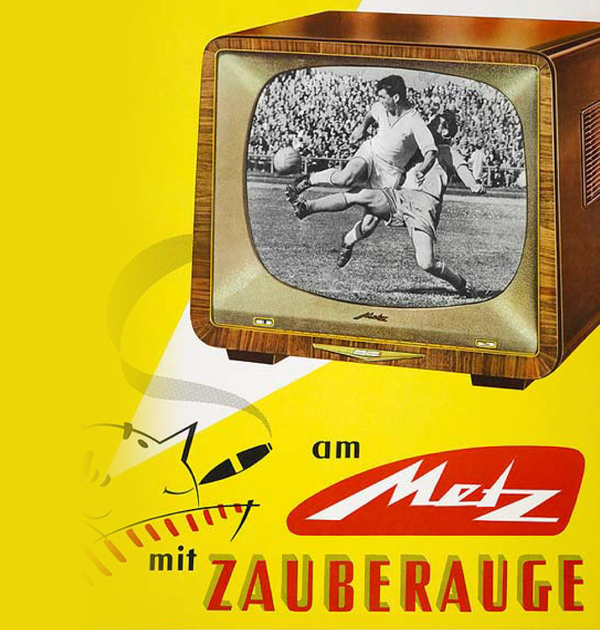
This world first, whose name seems so mysterious, is now part of every TV set in the form of automatic contrast control and ensures that the picture brightness is automatically adjusted to the lighting conditions of the surroundings.
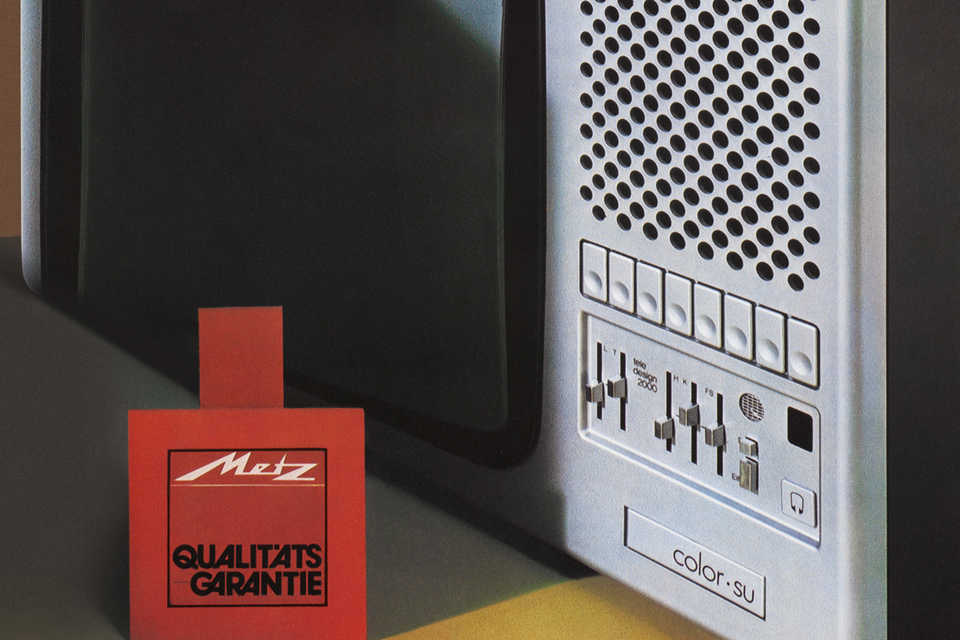
The 1960s: Television becomes colorful
1965
The Metz Mallorca TV set family
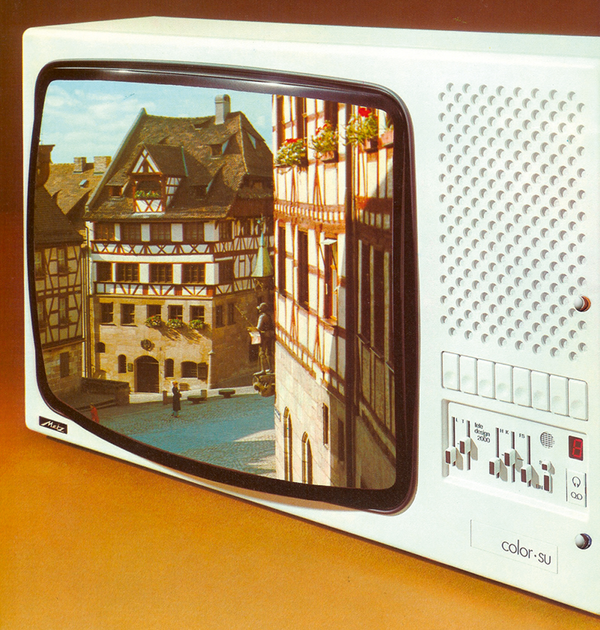
At the Funkausstellung in Berlin, Metz presented the Mallorca TV set family, which was eventually developed into the first Metz color televisions in 1967. Awarded the 'Good Industrial Form' prize, the Metz Mallorca caused a sensation.
1967
Start of color TV production
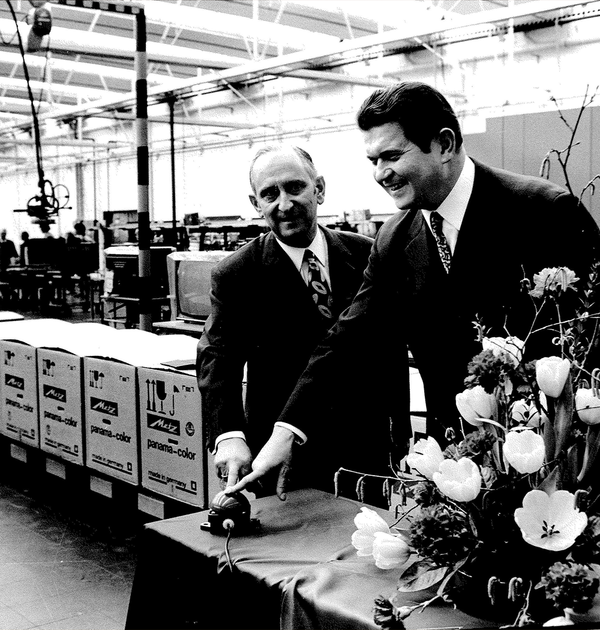
German Vice-Chancellor Willy Brandt pressed the famous 'color button' at the IFA in Berlin on August 25, 1967. Paul Metz, together with the mayor at the time, Virgilio Röschlein, also presses the button to start television production in the new factory building in Zirndorf.
1967
The Capri S with swiveling screen
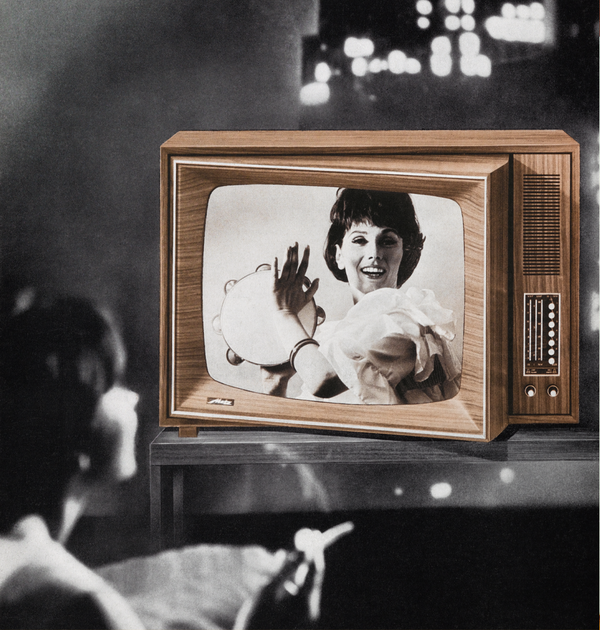
The Capri S had a very special design idea: a screen that could be swiveled inside the TV housing, making it the forerunner of the swivel feet used today.
1969
Start of plastics production
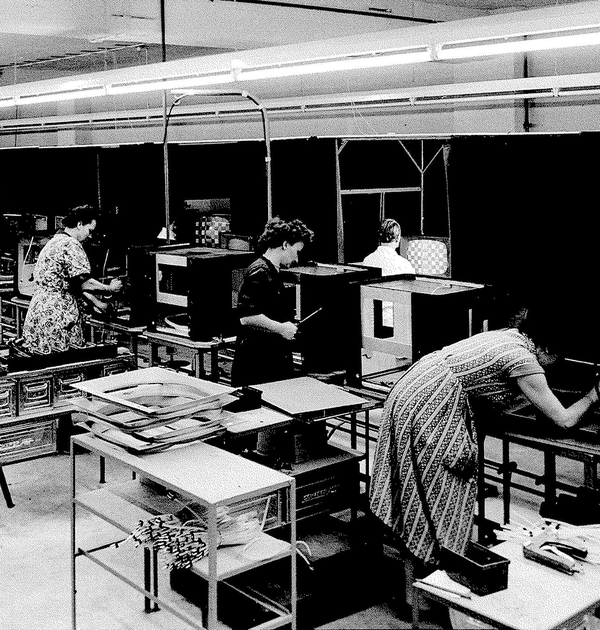
At the end of the 1960s, Metz set up a plastics production facility and a new, modernized plant for the manufacture of colour televisions. This meant that the high-quality plastic TV housings could now also be manufactured directly at the company site in Zirndorf.
The 1970s: design and plastic come into fashion

1973
The Metz Rally: oldtimer race
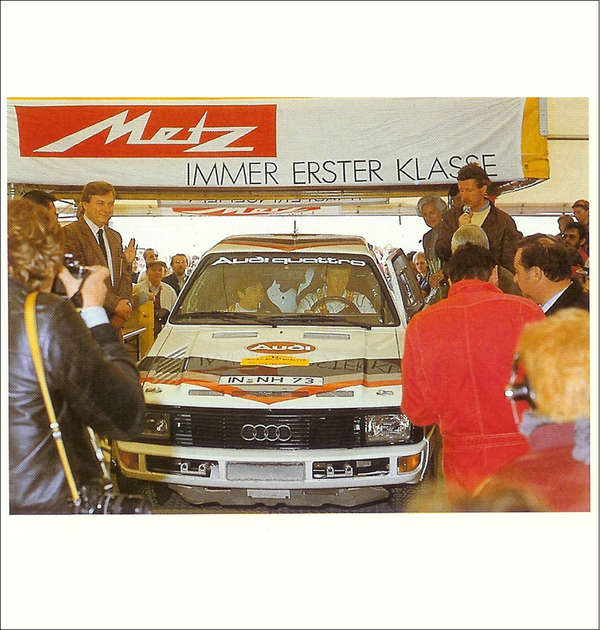
The seventies also saw the start of the now historic Metz Rallye, which was launched in spring 1973 with a start and finish on the Metz company grounds in Zirndorf. Even today, it is a motorsport event that is highly regarded beyond Germany.
1974
Studio-Color in all-plastic
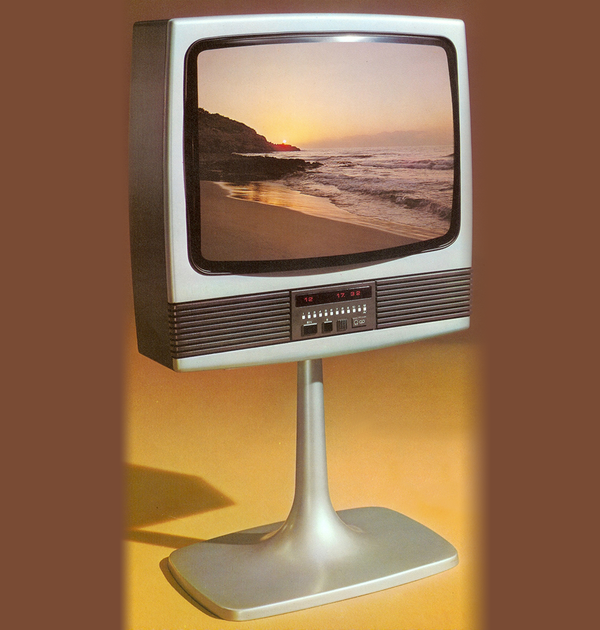
In the seventies, plastic really came into fashion and Metz was once again right on trend with the Metz Studio-Color TV with its all-plastic housing and trendy curved stand.
1977
The Nordkap in walnut colors
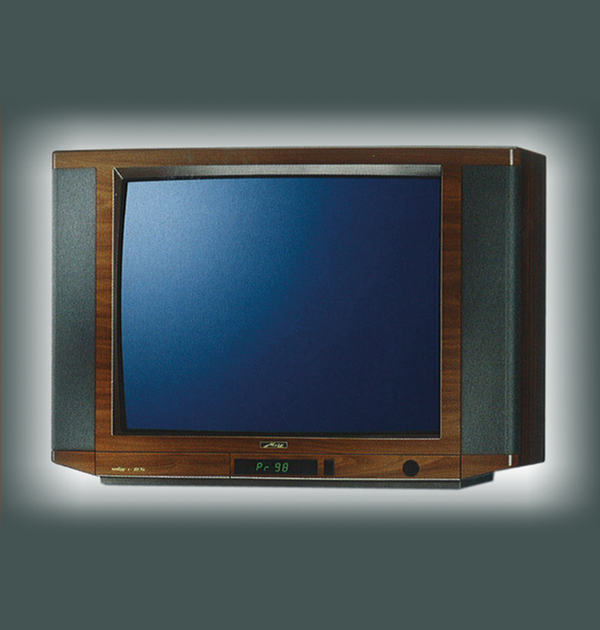
The highly valued Made in Germany brand promise also stood for sustainability at Metz in the 1970s: a good example is the walnut-colored Metz Nordkap, which remained in the range for a remarkable 23 years.
1978
Radio spot: "Metz mächert ich a"
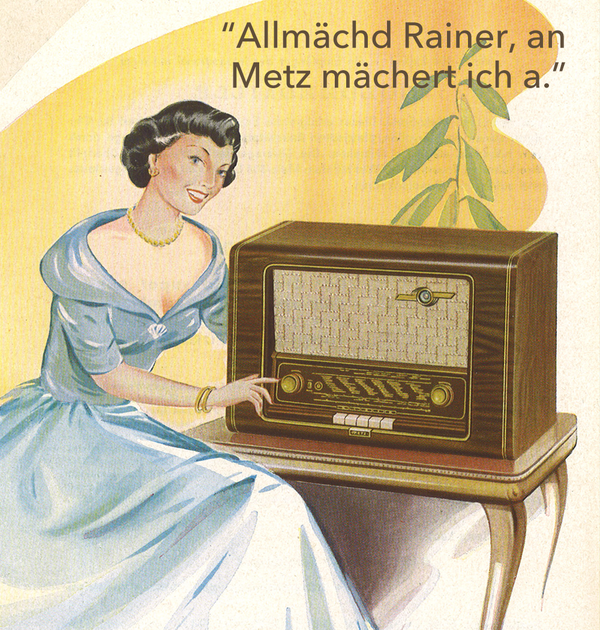
Metz caused a sensation with the first radio commercial broadcast in dialect in Germany: “Metz mächert ich a”. This snappy Franconian slogan was on everyone's lips until the mid-1980s.
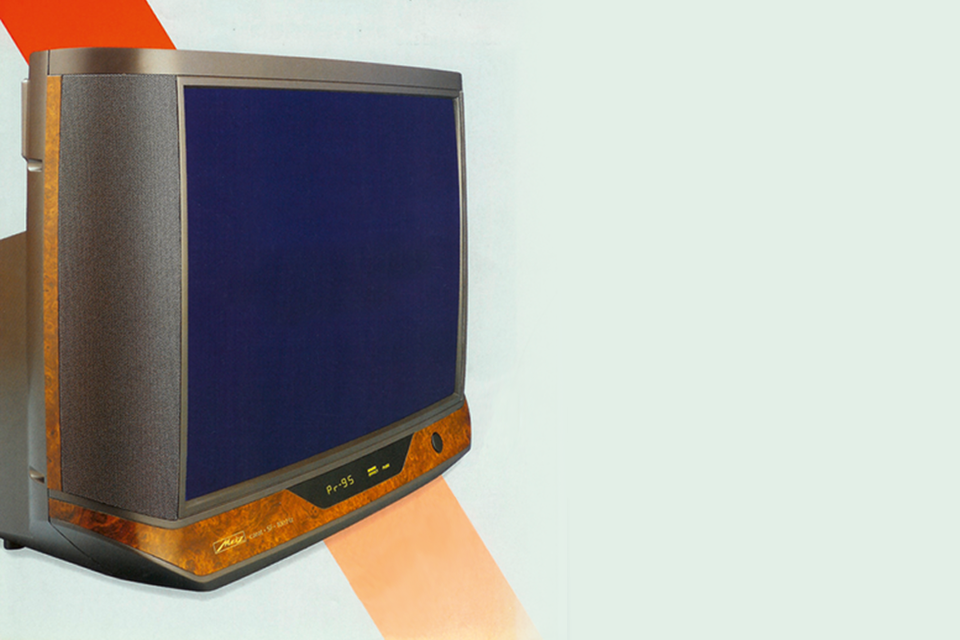
The 1980s and 90s: success to enjoy
1987
Metz Kreta: most successful table-top TV set
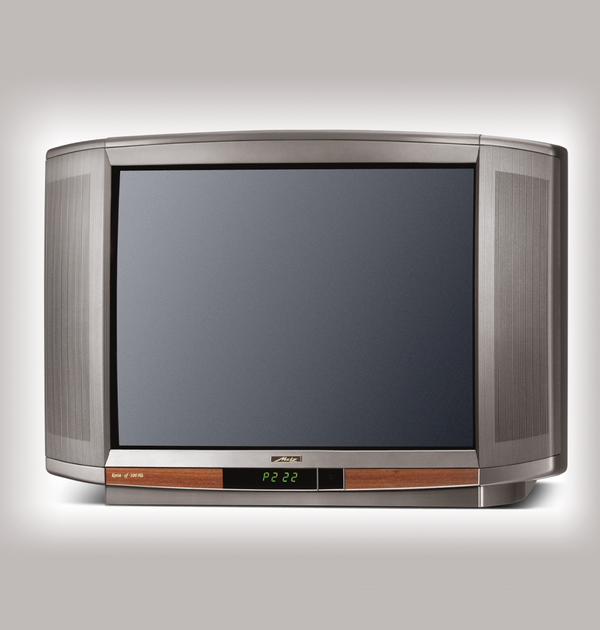
In 1987, the Metz Kreta was launched on the market as one of the most successful table-top TV sets ever.
1990
Start using our own 100 hertz technology.
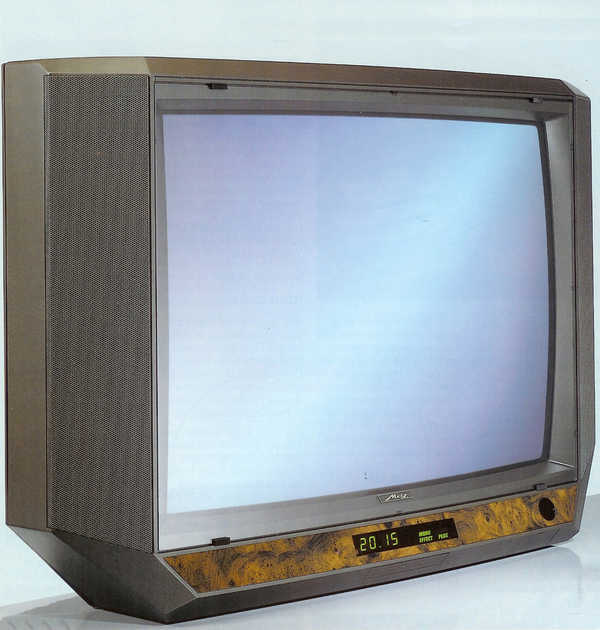
Those in the industry were highly impressed when Metz developed its own 100 Hz technology which greatly improved picture quality.
1993
Founder Paul Metz dies. His wife takes over.
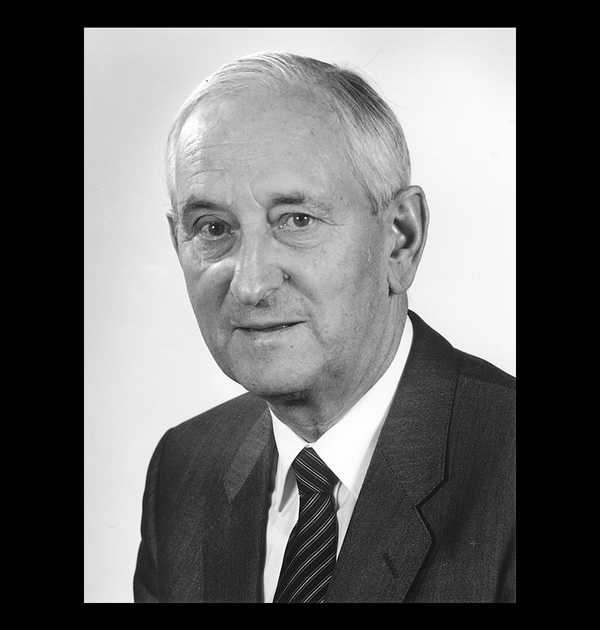
Paul Metz died in 1993 at the age of 82. His wife Helene Metz took over as head of the company and carried on her husband’s vision.
1995
Start of Metz’s module concept in TV sector.
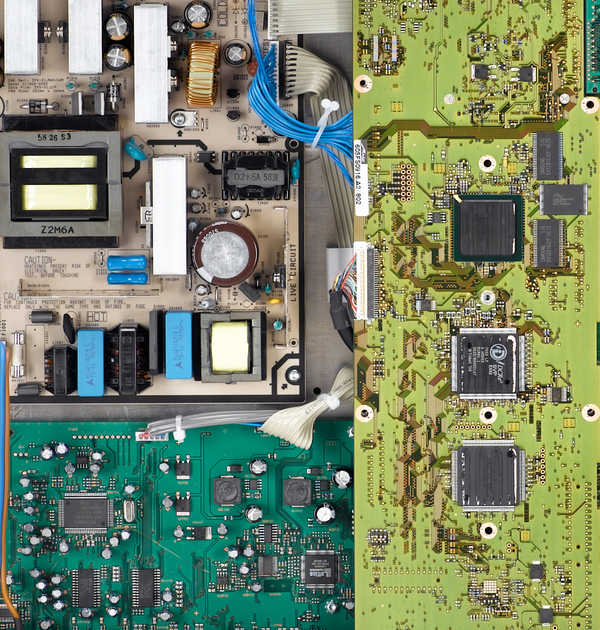
The televisions could be upgraded and retrofitted using a unified slot system for all modes of reception – whether it be satellite, cable, terrestrial, analogue or digital.
1996
“Varioline” with interchangeable screen
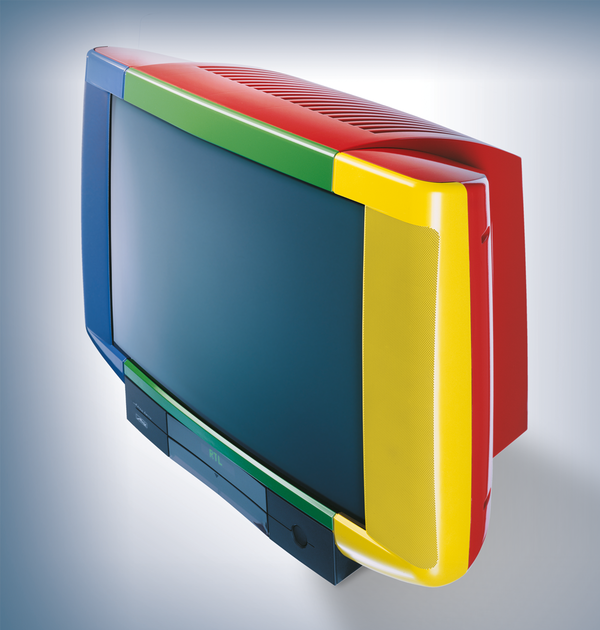
In the mid-nineties, the Varioline housing idea with completely interchangeable appliance fronts was developed: With a sensational 64,000 possible color variations, these Metz televisions left nothing to be desired in terms of design.
1997
Paul and Helene Metz Foundation is established.
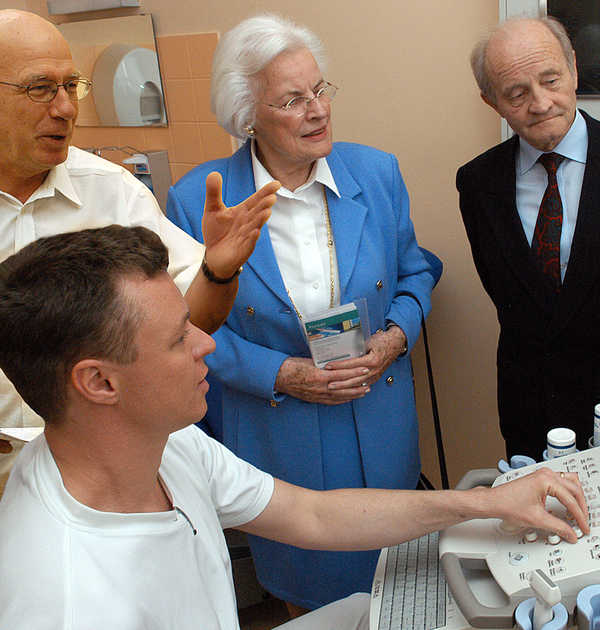
Helene Metz founded the Paul and Helene Metz Foundation in 1997, which had already been conceived by her husband.
1999
Metz's own “Tri-Star operating concept”
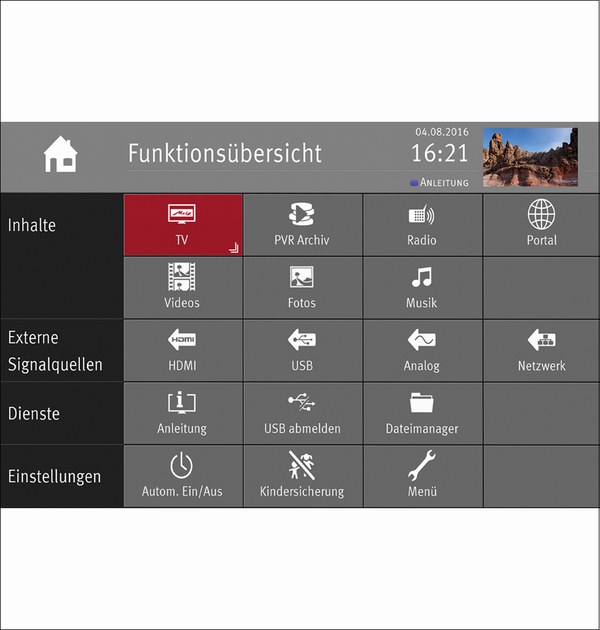
Metz's own Tri-Star operating concept laid the foundation for user-friendliness of Metz televisions. To this day, the user-friendliness achieved in this way is highly valued by users and has become one of the key features of a genuine Metz television.
1999
Joint company site in Zirndorf
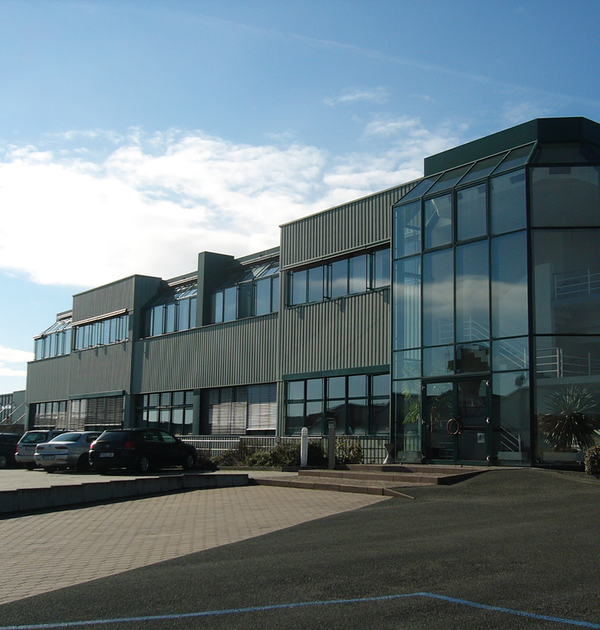
The company successfully rounded off the last year of the last millennium with a construction project: With the construction of a new service center and the relocation of the administration, the entire company found its home at a joint location in Zirndorf.
The 2000s: start of a new millennium
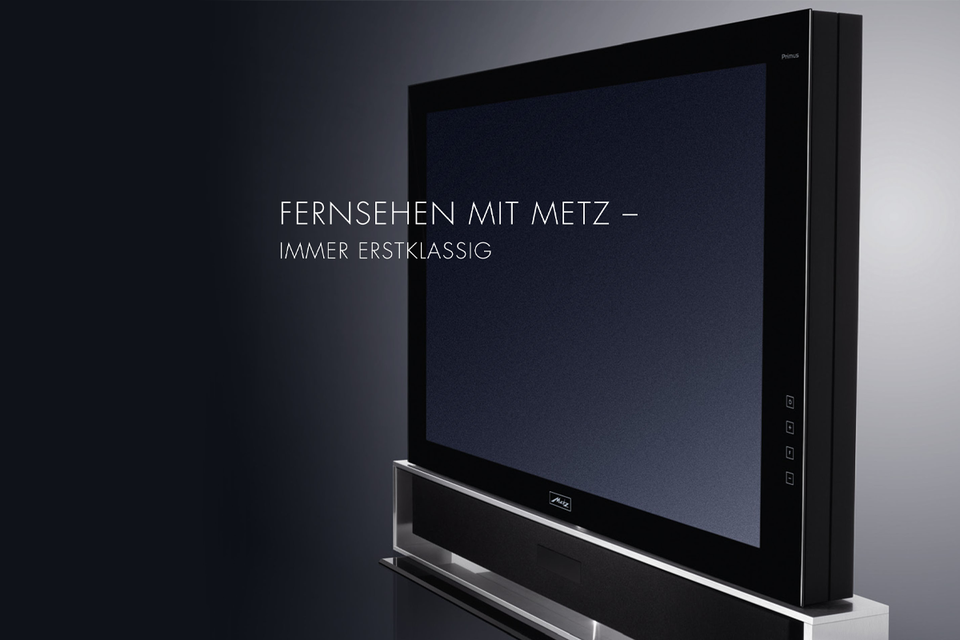
2007
LCD-TV mit Metz-Chassis-System
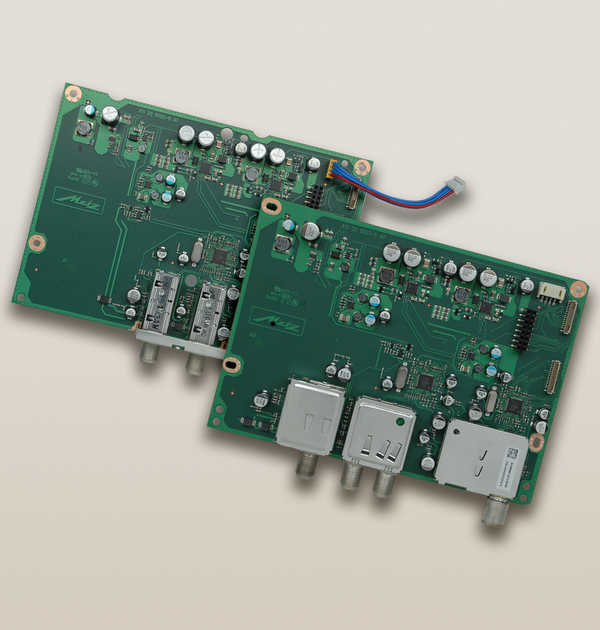
Metz presented its first self-developed LCD TV sets - made in Germany, of course. HD ready, these sets could be retrofitted for HDTV reception thanks to the modular Metz chassis system - unique at the time.
2006
Popular LCD TV Metz Talio
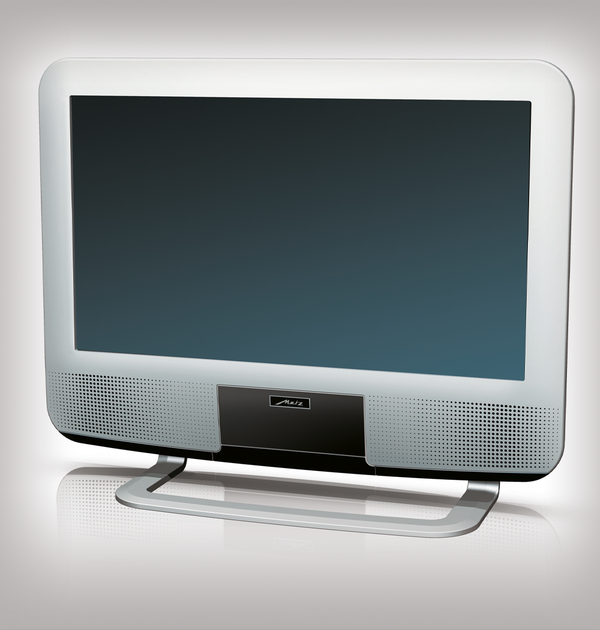
The “Talio” was the best-selling LCD TV in German specialist stores in 2006.
2007
Metz TV family Primus
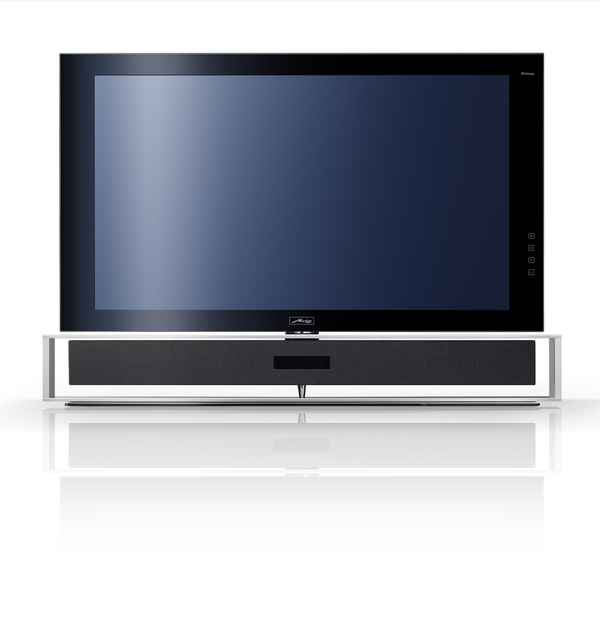
With the design of the Primus TV family, the company set pioneering trends in TV set design with the use of new and elegant materials such as brushed aluminum and contrast filter screens.
2008
Last CRT TV leaves the conveyor belt
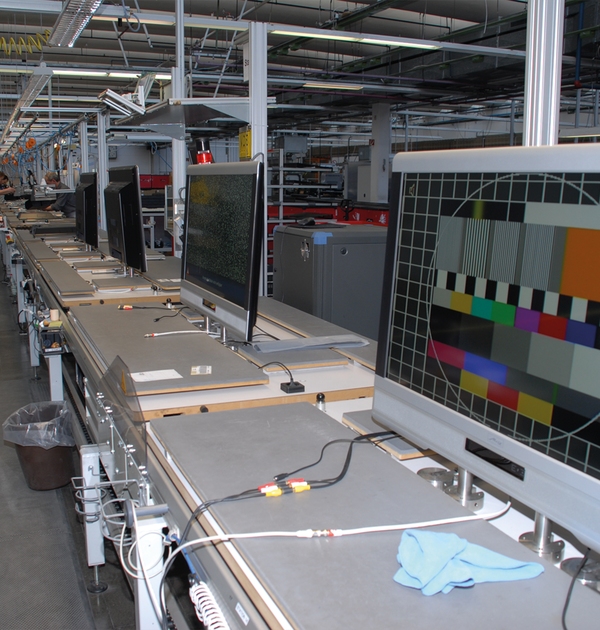
In 2008, the last CRT television left the production line and the company switched completely to LCD sets “made in Germany”. And the first integrated hard disk recorder for recording programs is introduced.
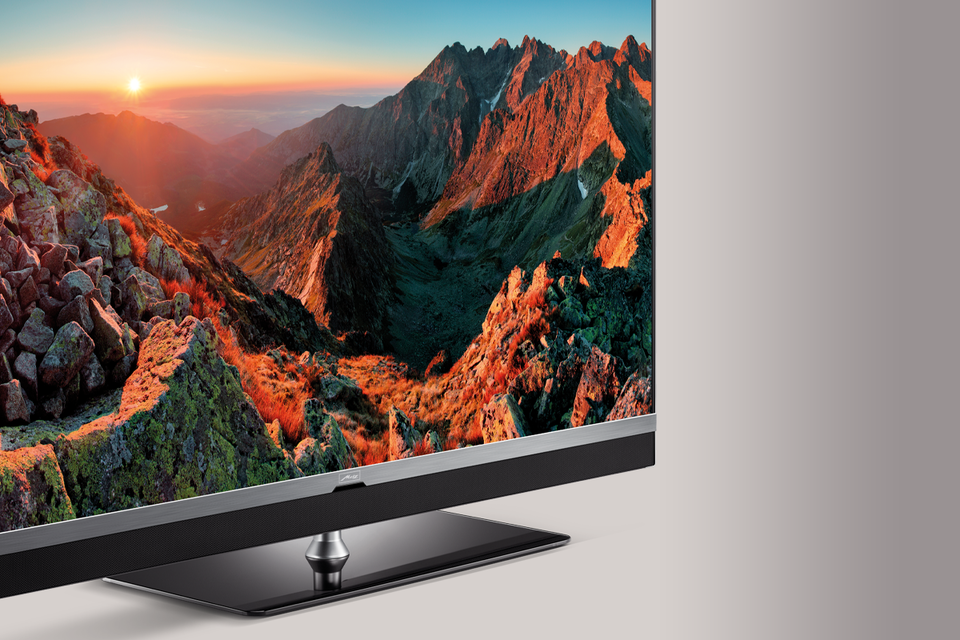
The 2010s: difficult times and new beginnings
2010
State-of-the-art SMT system
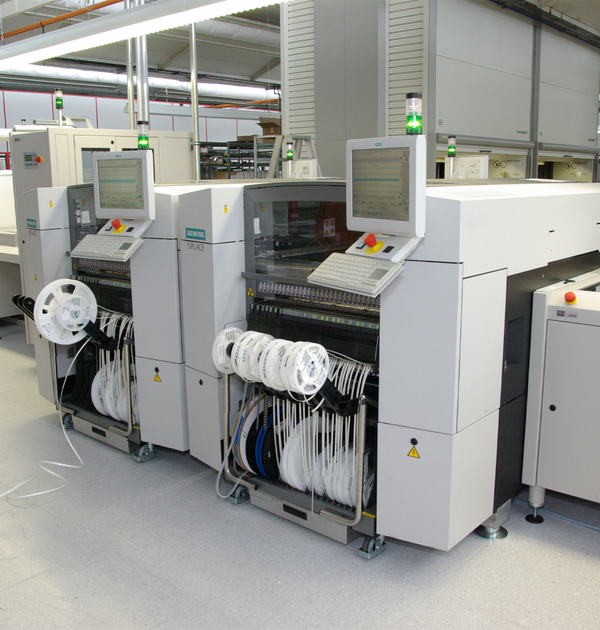
In order to meet the constantly growing demand for integrated electronic components in TV sets and to withstand the growing pressure from the increasingly globalized electronics market, Metz had already invested in a state-of-the-art SMT system for assembling printed circuit boards in 2010.
2015
Company takeover by Skyworth

At the beginning of 2015, the Metz TV division found a new home with electronics giant Skyworth. The combination of the 80 years of technological experience of the traditional German manufacturer Metz with the strengths of Skyworth, a global player in the TV business, held huge potential that now needed to be developed.
2016
First Metz OLED TV model
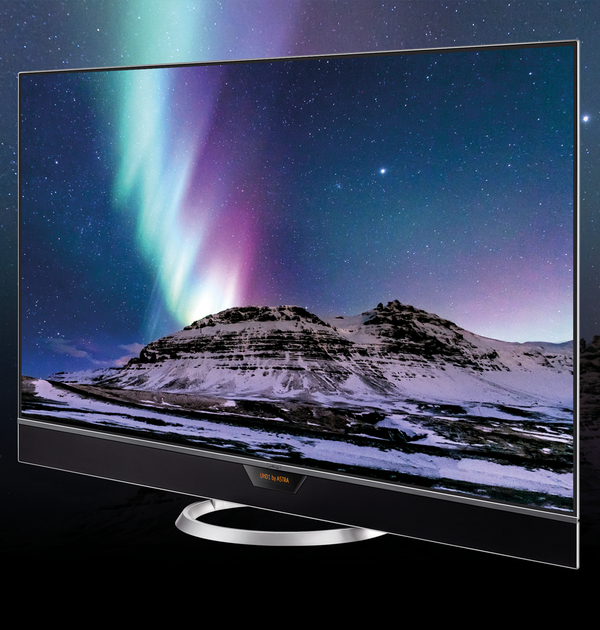
The Novum was the first model to be launched with OLED screen technology. The development team also ensured comprehensive HDR support and the further development of the range of functions, user interfaces and app.
2018
New, global brand: METZ blue

Another new TV brand with a focus on smart functions was launched on the market under the name METZ blue. With a convincing balance of design, technology and convenience, the METZ blue range also added an important price segment to the classic Metz TVs.
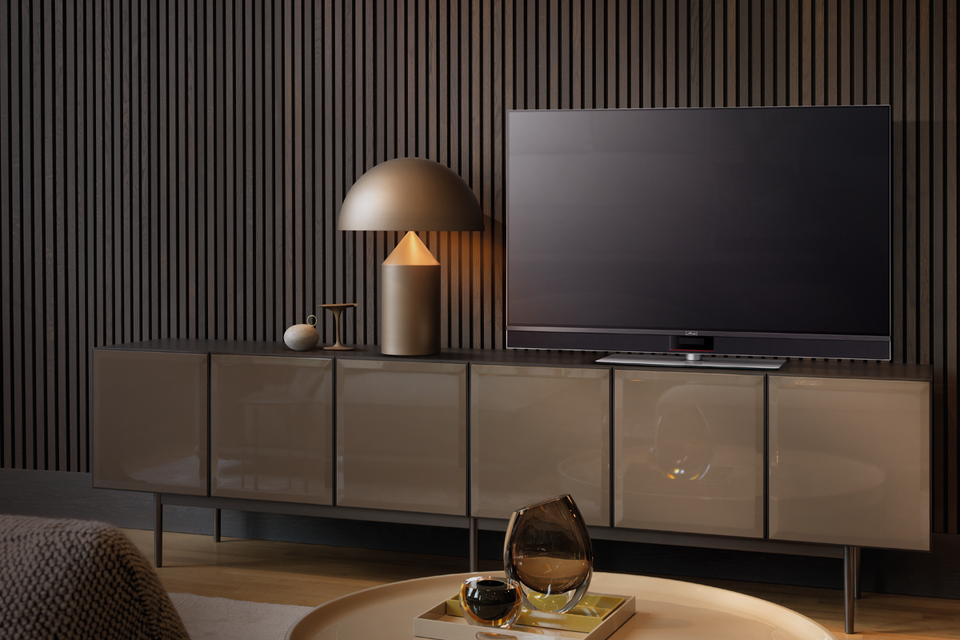
The 2020s: On course for success. Tradition becomes a trend.
2022
First 42" OLED Made in Germany
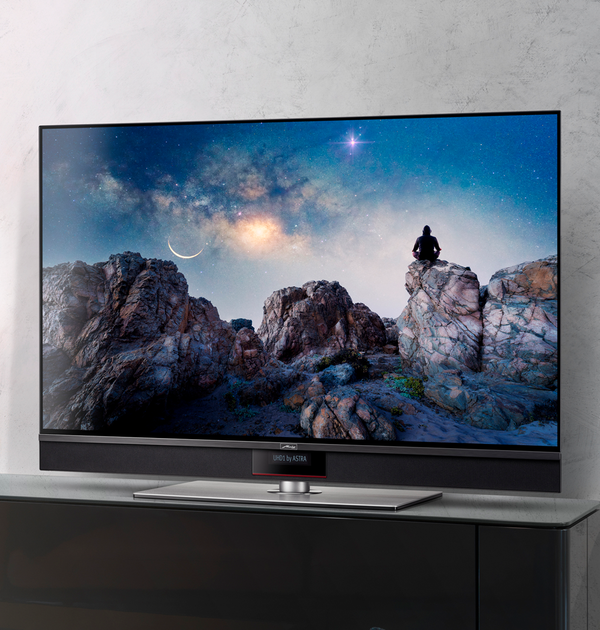
The Metz Classic top model Lunis is the first 42-inch OLED device made in Germany. It shines with full Metz premium equipment.
2023
Start of PV business segment

Entry into the photovoltaic market was launched - an area that certainly holds enormous growth potential for the coming years.
2024
85th company anniversary
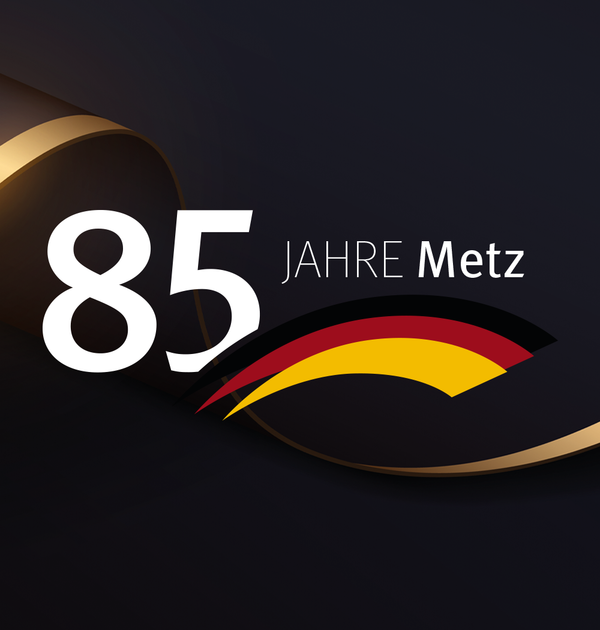
As one of the most traditional German companies in the consumer electronics sector, Metz is celebrating its 85th anniversary this year.